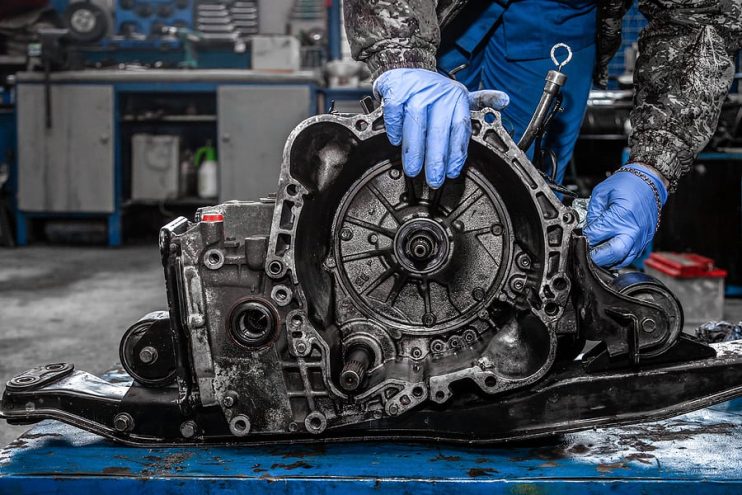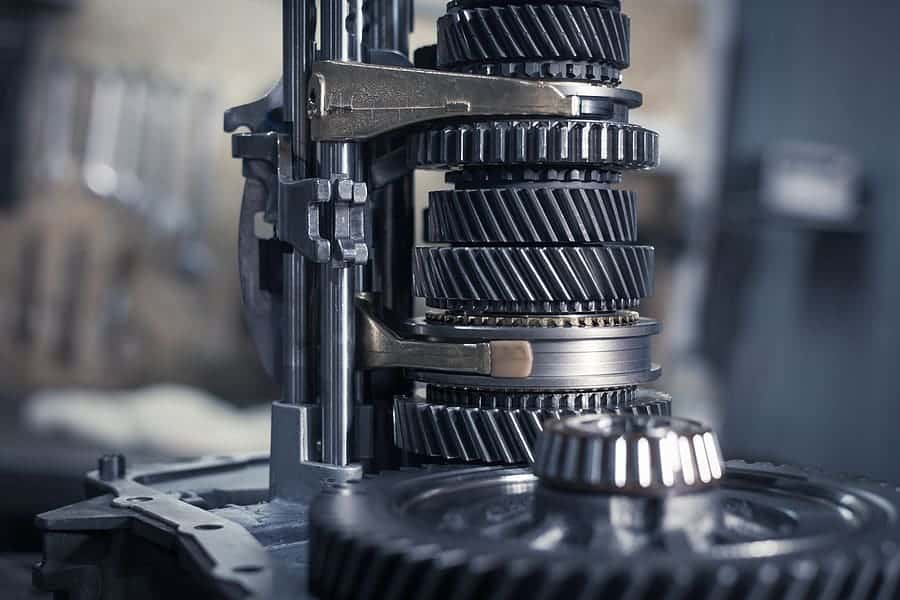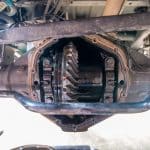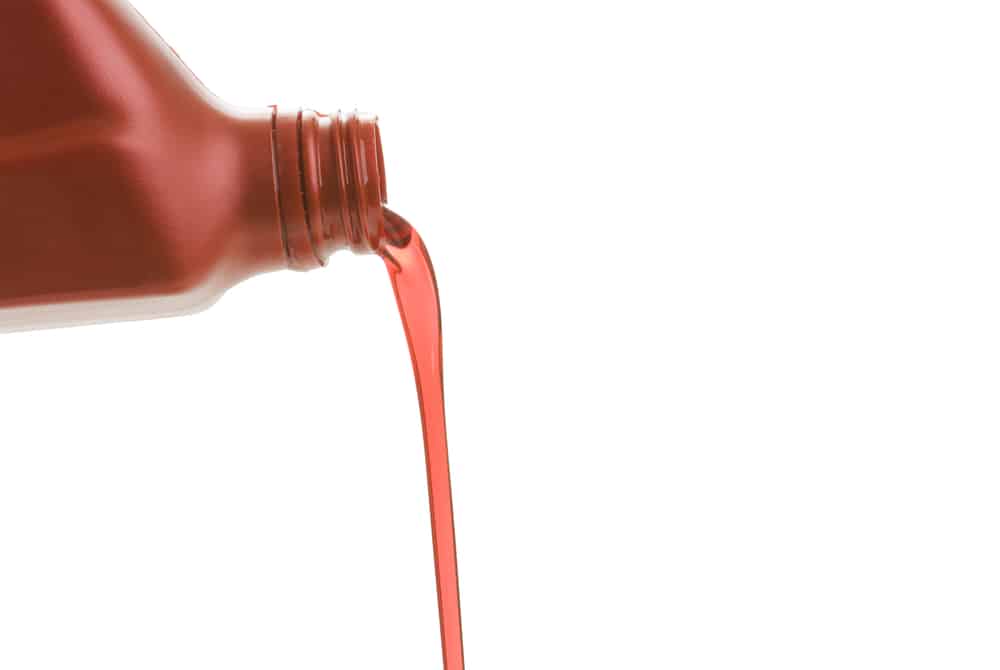
It’s important to extend the lifespan of all your car’s parts. However, as your gearbox can often be in constant use on those shorter urban journeys, it needs a little bit more TLC than other parts in the engine. And it’s worth bearing in mind that transmission problems are also painful and expensive. The last thing you want is gearbox failure, when you’re out on a larger road.
Stop the potential hurt with a little bit of vigilance, good driving and simple mechanical checks and procedures, to get a long and healthy lifespan out of your transmission:
Don’t Ride the Clutch
It can be tempting to leave your foot on the clutch to control speed as you change gears, particularly whilst cornering. It puts strain on the clutch pedal, as it isn’t properly engaged when you’re changing gear.
Keep your Hands on the Wheel
It may be tempting to rest your hand on the gearstick, but even this simple act can put pressure on the selector fork, leading to premature wear and tear. First, you’ll hear aches and crunches coming from the box, before the problem can even impact gear changes. Both hands back on the wheel after you make a change is the simple answer.
When to Block Shift – And When to Not
As you’re accelerating to join a larger multi-lane road, it’s good to sometimes shift from second to fourth. Hitting the wrong gear for the engine however, such as landing fifth when you meant third, for instance puts strain on the bearings, wearing down the balls and cones that support the gearbox shaft. Over time this can lead to poor teeth alignment. Try to avoid situations where your gearbox might surprise you too, for instance if you’re pulling or carrying a heavy load and the engine has to do more work at lower gears.
Also try to change gear in a manual with a smooth action. Don’t race or pull away quickly. Know your route, and make the shift when you’re in the right spot and be decisive.
Brake the Pace
Avoid dropping gear to drop speed. Making that change, particularly at speed, delivers a big force to the lower gear wheel, which can degrade your transmission. Use the brakes where-ever possible, and try to let the inertia of the car slow it down as you approach big junctions on main roads.

The Harder they Drive – The Faster the Problem
Push your car around on the road with a certain edge and you’ll building intense heat from your sudden manoeuvres in the gearbox and engine. Constant acceleration and deceleration add to the issue – the gear cogs wear down as they strike each other with extra force.
Let the car’s momentum do the work. On city streets sticking to the lower speed limits is actually kinder on your car. And paying close attention allows you to anticipate moves and traffic earlier, helping you reduce sudden braking, and having to speed up again.
Services and Checks
Without question, your transmission fluid is top of the list when it comes to gearbox care. As the gearbox heats up so does the transmission fluid, and over time a little of it is lost to evaporation, and it picks up dirt too. Automatic drivers – get fluid changes around every 20k – 30k miles or 18 months and manual drivers are looking at an oil and clutch fluid change every 30k to 40k miles or around the 18 month window.
Old oil can be very dangerous to a manual gearbox. As the quality degrades, it can pick up sludge, sediment and debris, which can have a negative impact on the gearbox. You’ll feel this problem most in the winter, as changes become more forceful – giving you a sign you need new oil.
Reverse the Situation
Automatic drivers should always be sure that the car has come to rest, before shifting into reverse. Forcing the transmission to suddenly move from forward to reverse is an easy way of applying undue stress to the part. Pay particular attention, if you’ve recently swapped from a manual to an automatic. Realise that even though the two systems are similar – they don’t respond to quite the same treatment.
The Final Word
As you’ve probably realised by now, one of the biggest culprits of gearbox damage is your own use of the car. You want to be slick behind the wheel at all times? Then you won’t want to make a fool of yourself with any of these bad car habits. However, wear and tear is inevitable, however you drive, and your best course of action is to always pay attention to warning signs – listen to noises when you change, observe your behaviours, and sense the ease with which the shift is performed.






.png)